How will aviation trade shows be different in 2021? We discuss three major differences and how aviation companies can adapt to overcome some of the challenges and make them more profitable.
Paula Williams: Welcome to this week’s episode. I’m Paula Williams.
John Williams: I’m John Williams.
Paula: And we are ABCI and ABCI’s mission is.
John: To help all you folks in the aviation world sell more products and services.
Paula: Absolutely. So, today, we are talking about what’s changed with trade shows in 2021. Now, it’s been a long time since we’ve talked about trade shows, and for a very good reason, right?
John: So, therefore, probably quite a bit has changed.
Paula: That’s exactly right. And it’s probably about time to start talking about them again, right?
John: It’s exactly right on time.
Paula: Exactly. So it’s spring of 2021. If you’re listening to this from far in the future, who has[?] found this in a time capsule or whatever, we just went through a year pretty much of no in-person event, which was kind of unprecedented in the aviation industry and everywhere else, right?
John: Exactly.
Paula: Right. And a lot of things have changed and we’re going to talk about three of those things that are impacting the aviation world or the aviation events that we are expecting to have this summer, right? Okay. So, those three things, in a nutshell, number one, prices are the same or higher than ever. You’re not getting a break, right?
John: Right.
Paula: Number two, people have high expectations of in-person experiences and I think that’s probably more true now than it ever has been before. And number three is that hybrids are the most powerful way to run an exhibit.
John: Okay.
Paula: Okay. Cool. So first of all, the cost, right? The last in-person event was 2019. If we’re looking at NBAA’s BACE or Business Aviation Convention Event in 2019, the cost of a ten-by-ten premium placement early bird were non-refundable trade show booth was $4,497, right?
John: And that’s just the ten by ten. None of the extras you require.
Paula: Great. And even in 2019 and even before that, they charged many extras and it seemed like every year when we or our clients went to trade shows, many of the expected items had become extras every single year. So you used to get a trash can for free and that is charging for the trash can. They just provide electricity to your booth. They charge extra for that now.
John: And internet and tablecloth and so on and so on.
Paula: Exactly. So, be aware that there are also a lot of hidden costs and we don’t see that trend changing. In fact, if anything, I think there are more fees associated with a trade show than there ever were before and part of that is increased labor cost, increased lumber cost increased everything cost.
John: Including the transportation cost to get all your stuff down there.
John: Exactly. So, if you are in a situation where maybe your cash flow isn’t what it should be, what I would, I think, advise a lot of our clients is if they’ve had a rough year and their cash flow is down and maybe they’ve exhibited every year at NBAA for twenty years, since we broke with tradition last year, by not having a trade show at all, you won’t be judged. Nobody’s going to be saying, well, where are those people, are they still in business? At least it wouldn’t be as much as that would be a factor in a regular year. It wouldn’t be as much of a penalty to not show up.
So, what we’re advising people is do fewer shows, right, and do the heck out of them. If you’re going to do a show, then do everything at that show and spend the time and spend the money on doing every possible thing that you possibly can at that show.
John: You bet.
Paula: Okay. Cool. So fewer shows, do the heck out of it. Okay. Second item is that people have higher expectations of in-person experiences than they did before because if they are going to get on an airplane and wear a mask and do all of the testing and everything else that they have to do to get to your event, they are expecting elephants and fireworks and parades, and champagne. I mean, I’m exaggerating but they are expecting a lot more, I think, from the event than they would have been in previous years.
So you can’t just have coffee at your booth and paper cups. You want to do china cups, I mean, whatever you can do to upgrade the experience, right?
John: A lot of folks miss the handshake.
Paula: Yeah, they do. And there’s a lot of people who have been saying, I am so looking forward to this. It’s going to be so cool when we can see each other again. So you do want to make a big deal out of that and show your pleasure at seeing your customers and all of those things, and show your appreciation to them for making the effort to show up because they didn’t have to. We’ve proven, you don’t have to show up to these things to do business. So, if somebody shows up, you need to make sure that it’s worth their time and energy.
Because of that, you really want to up your game. You want to do invitations, you want to do product demos, you want to do refreshments if you do them. If you have a coffee or dinner or breakfast or whatever you want to go, maybe a step further than you did last year.
John: That should apply to us too.
Paula: It should apply to us, too. We have breakfast every year. And I’m not sure how we’re going to up our game because we have it in a really nice place.
John: Yeah. Oh yeah, every year at the convention.
Paula: Yeah, exactly. Or at a restaurant close to the convention on one of the days of the convention. So, we’re going to have to think of a way to up our game on that, take [inaudible].
John: Fair awake[?] and figure that out.
Paula: Right. Okay, so more information on that later. If you’re one of our insiders, look forward to a premium breakfast experience. We’ll find a way to make it really worth your time so that will be cool. Okay. And then item number three is that hybrids are the most powerful way to exhibit. And we’re going to talk about this briefly today, but then we’re going to have a whole episode about hybrid events and what that means and how to do them, right?
John: So briefly, what do you mean by hybrid event?
Paula: More than just the in-person event. So you want to add layers of technology onto that.
John: That’s what I thought. I just want to hear you say it.
Paula: Right. For example, people are putting QR codes on everything. Everybody’s been trained and they know how to use their phone now so you can put QR codes on all your signage. You can put QR codes on all of your products in your booth. You can put QR codes on anything so that if a person doesn’t want to wait to talk to somebody, they can just zap something with their QR code or with their QR code reader.
John: And if you’re going to use AI, make dang sure it works.
Paula: And make dang sure as good.
John: Because it might work in the lab, anything can be made to work in the lab, meaning your office. But when you go somewhere else, that something will change.
Paula: Right.
John: If you can’t get it to work, drop it out and be ready to do that.
Paula: Yeah, exactly, and be ready to do it the old-fashioned way. So let’s say you’re having a contest where people would zap a QR code and then fill out a form to enter a contest, that’s one really cool way to use technology on top of the in-person event. Then you’re collecting the leads, you’re running your contest using software, which is great, and all of those things can be fabulous. But let’s say it blows up.
John: Well, more accurately, you may not want to pay the fee that they charged to use their internet. So you may want to use your own hotspot.
Paula: Right.
John: And you may not have used your own hotspot to test with.
Paula: Right. So assuming that your technology doesn’t work for any reason, be prepared to just whip out a fishbowl and stick them on your table and say plunk in your business card. So, have an analog backup for just about anything that you’re doing with a QR code, right?
John: Yup.
Paula: Okay. So, that is one way to become a hybrid. We’re going to have a whole episode on this. Another way is live streaming or live-tweeting your event, where you actually are recording this for posterity. You’re using it in your social media, you’re using it on your website. You’re getting more bang for the buck by extending beyond the event itself, right?
John: And if you’re going to do that, realize that your hotspot has a limit on data usage before it runs out just as you get there.
Paula: Right. There’s a lot of things that can go wrong with all of these things so make sure that you’ve tested them all. But, there’s a lot of ways that you can use technology to create a hybrid experience out of your event and get more bang for your buck because the biggest expense is just being there. It doesn’t hurt to spend a little bit extra to pay for the internet to live stream your event.
John: It depends on what they charge nowadays.
Paula: That’s true, I guess it could be ridiculous. But you can find a cost-effective way to do it if you do a little planning.
John: Yeah, but the cost-effective way is to take your own hotspot and what I’m saying is know when your data rolls over because when it hits the magic number, it’s going to slow down.
Paula: Right, point taken. So, you may want to check with your service provider or whomever to make sure that you’re able to do whatever it is that you do. But we’ll talk about that in more detail next week, right?
John: Okay.
Paula: Okay. All right. So, quickly summarizing three things that are different about events in 2021. All right.
John: Yep.
Paula: Number one, prices are the same or higher than ever. So, our advice is to do fewer events but do them to the nines, right?
John: Yep.
Paula: Okay. Number two, people have high expectations of in-person events. Another reason to do them to the nines, to the nth degree. If you’re going to do an event, do the heck out of it. And item three, hybrids are the most powerful ways to exhibit. So think of a way or several ways to extend the reach of your event and get more for your money.
John: And have an analog backup.
Paula: Absolutely, have analog backups for everything you do. All right, this session was brought to you by our trade show workshop, workout, trade shows are a workout.
John: Yes, they are.
Paula: But our trade show workshop basically includes proven strategies to attract, persuade and convert your prospects at aviation trade shows. So, we’ve been working with trade shows for a number of years and it is no longer enough just to show up at a trade show. Set up your booth, and sit there.
John: And read the email, what everything works.
Paula: Exactly. And hope that people show up and hope that people buy things. You really do have to make a marketing campaign out of your trade show appearance. And this is really what this is designed to do is ninety days before the event, thirty days before the event, the event, thirty days after the event, an entire campaign that is done for you with templates and worksheets and custom consulting to get you from here to there.
John: And you’ll hear me say this again and again, but don’t have somebody running your booth, who is sitting there reading email, reading text messages, or just browsing the internet and expecting stuff to work, because you’re wasting your time and your money on that person.
Paula: Right. In fact, I’m going to have to include a picture that Vance Morris had. This is actually in the carpet cleaning business. This wasn’t in an aviation trade show, thank God. But, this person hadn’t even done anything beyond what the show did. So they had just the standard tablecloth, the standard everything, they showed up, they threw their backpack in the corner. It was just sitting there on the floor and they’re sitting there on their phone and Vance Morris walks up to the guy and says, and Vance, by the way, is a friend of our season, a couple of our mastermind groups. And he’s also a Disney consultant. So he Disneyfies people’s customer service experiences.
So he expects customer service to be fabulous, right? And this guy just looks up at him and says, what the blank do you want? Literally, he says this to him at a trade show, because he’s busy doing something on his phone. So obviously, this isn’t the owner of the company or if it is, it’s somebody who’s completely misplaced their priorities, and the reasons why they’re there, right?
John: Crazy stuff.
Paula: Yeah, exactly. So, go sell more stuff.
John: Yep. America needs the business.
Paula: Absolutely, the whole industry needs the business.
John: Yes, they do.
Paula: And trade shows need your business, too. It’ll be interesting to see how this one goes. And we’re hoping for the best for all of the associations and for the industry as a whole. But, yeah, we need to put in more effort to make it work this time, I think.
John: Stay healthy and happy, and we’ll see you next time.
Paula: Absolutely.
[END]
Podcast: Play in new window | Download
Subscribe: Google Podcasts | Spotify | Amazon Music | RSS


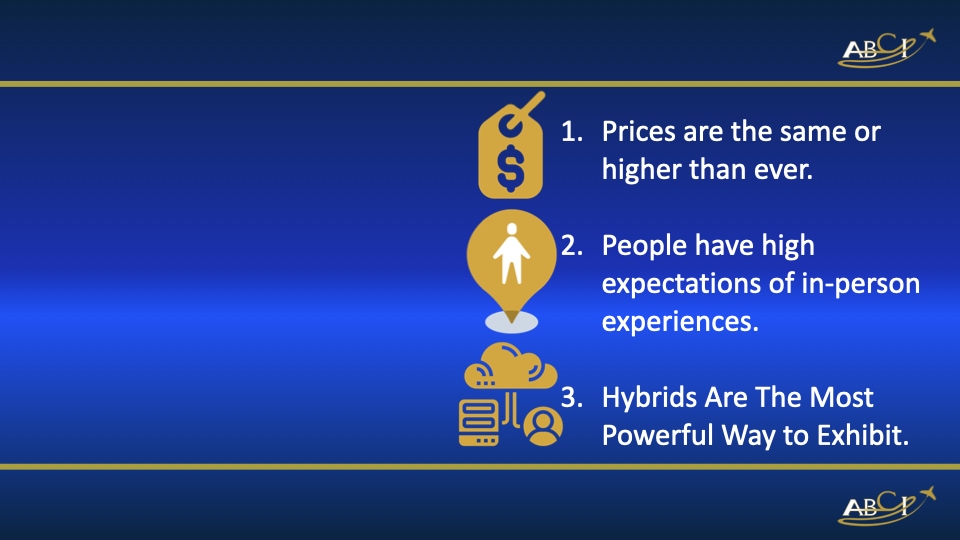



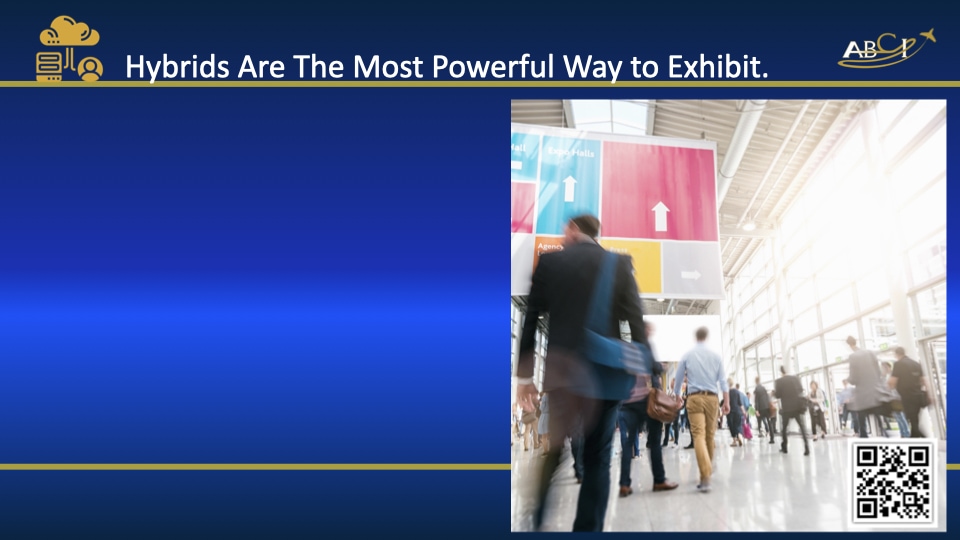
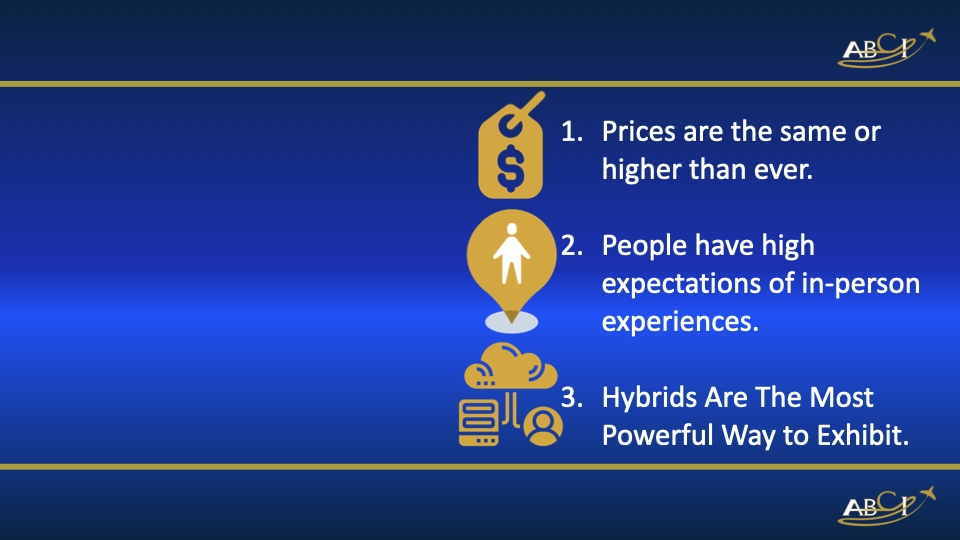
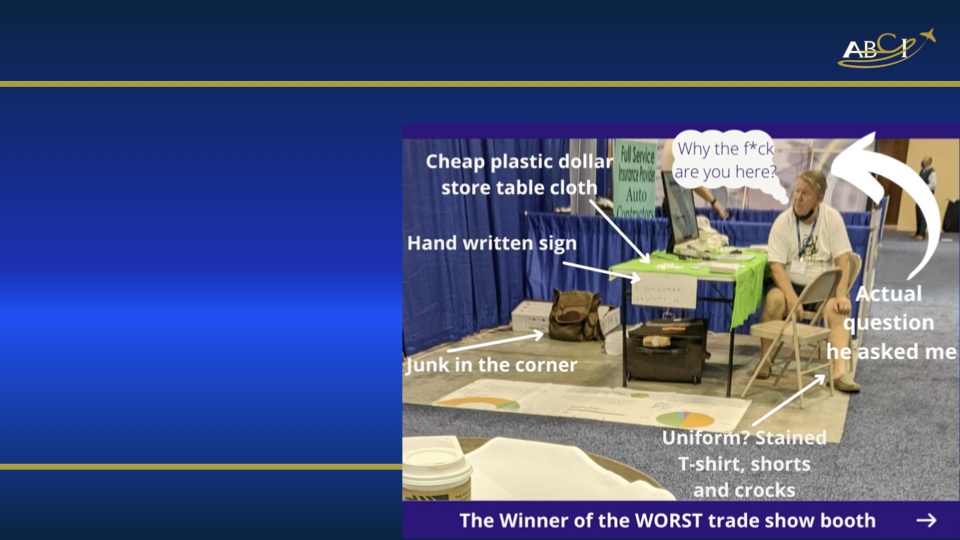
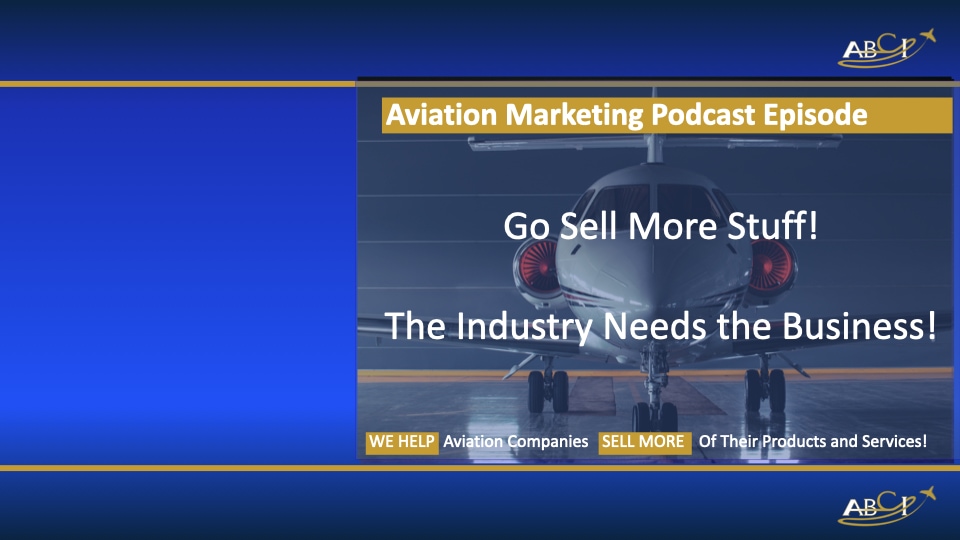






great article… loved it…